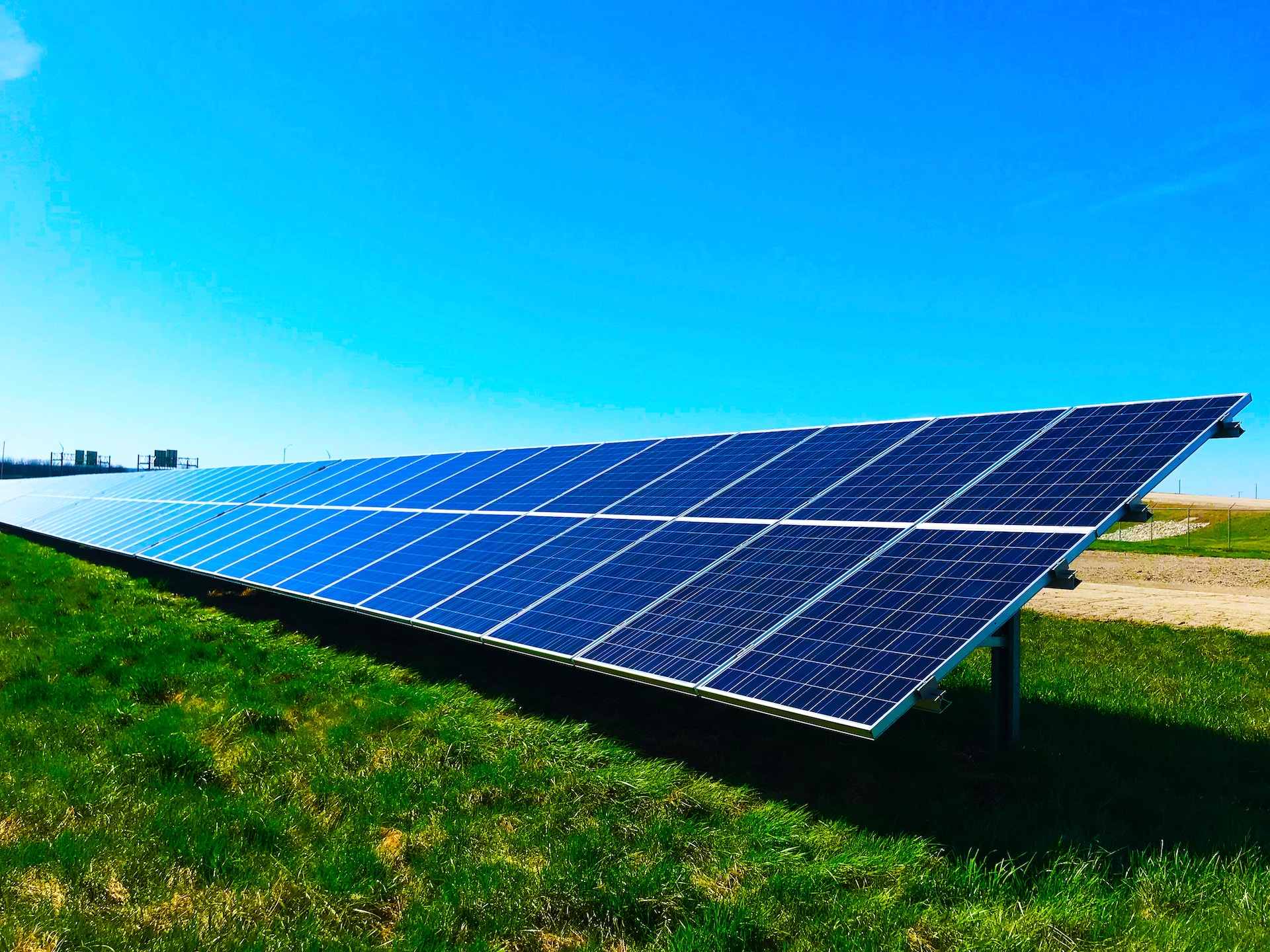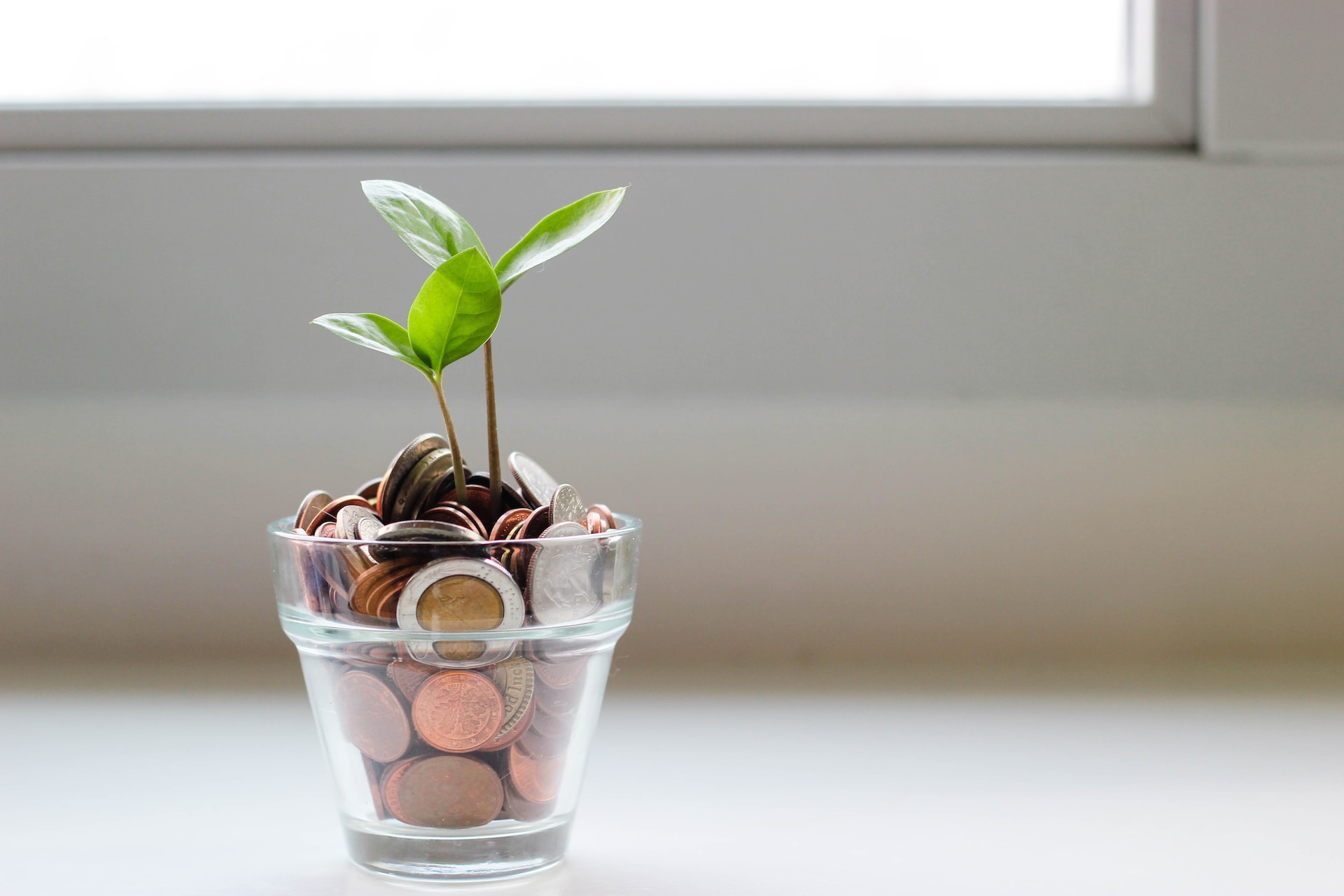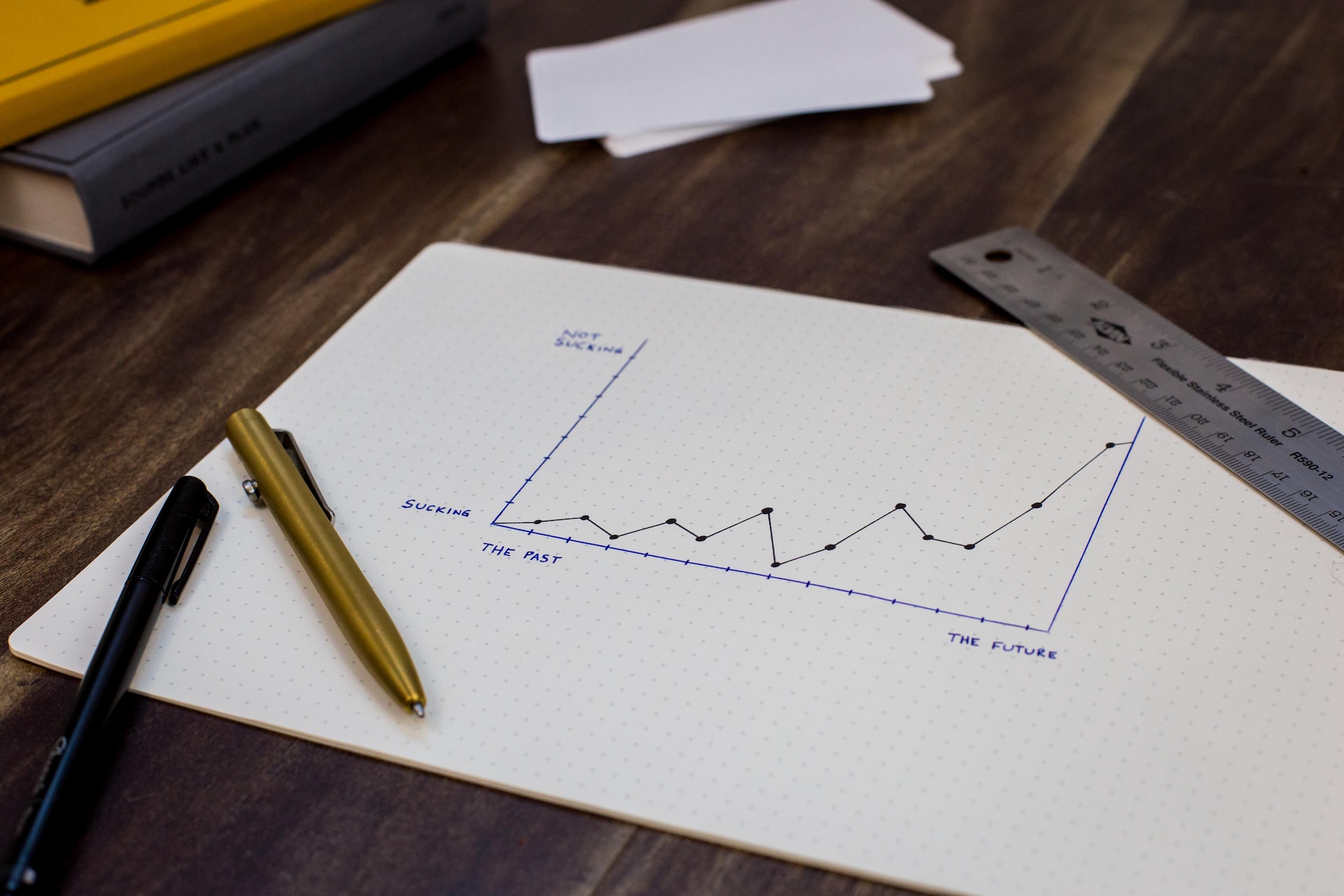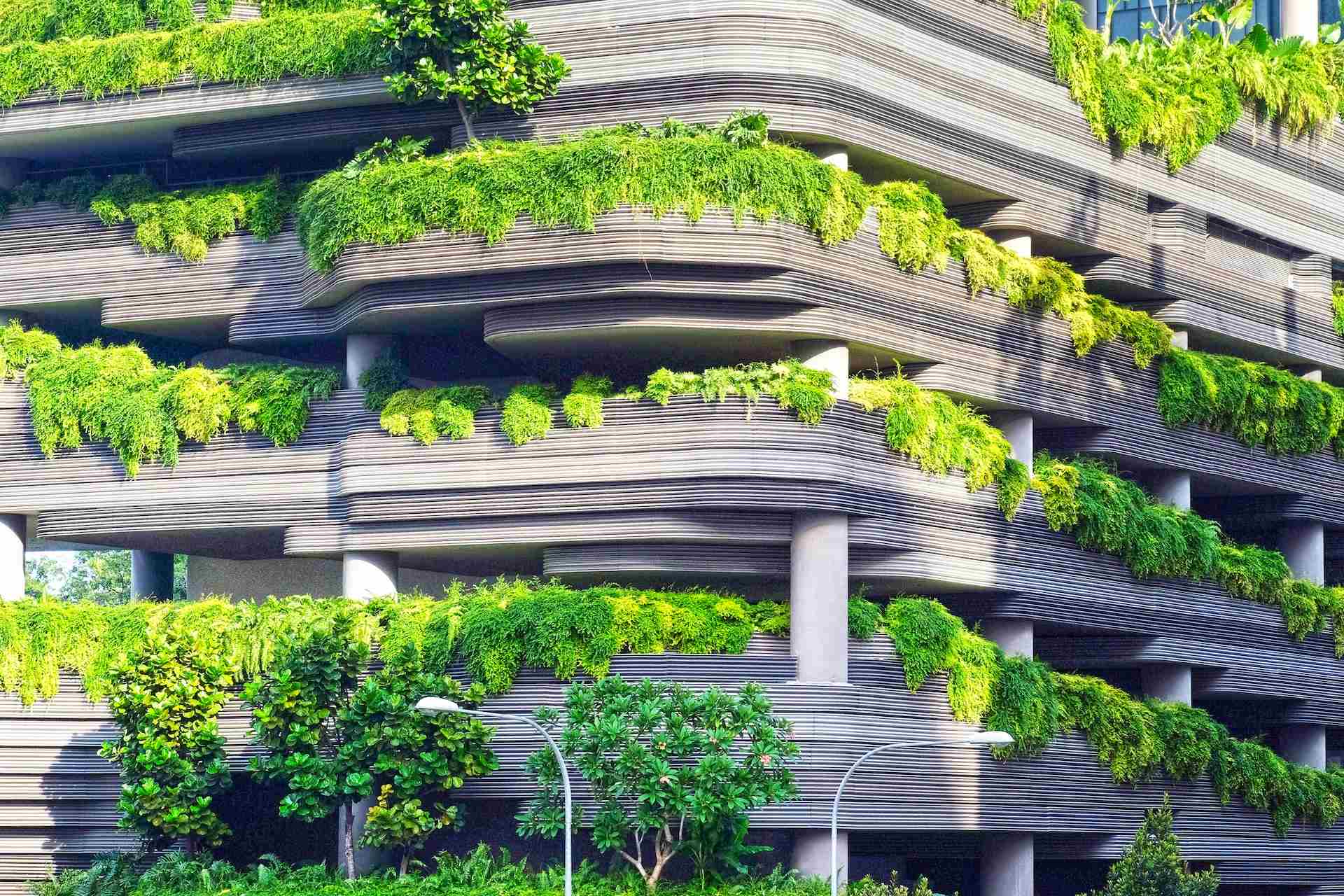In contemporary times, the phrase ”going green” in home construction has become ubiquitous, yet not everyone comprehends what it entails to be genuinely environmentally friendly. Despite being regarded as a pricey and intricate approach, the process of building an eco-friendly custom home offers numerous benefits. However, what exactly constitutes a green building? Furthermore, why should potential home constructors contemplate incorporating sustainable practices and designs in their construction? This article attempts to provide the answers. It will examine the basics of environmentally-friendly home construction, why builders and future homeowners should lean towards such build, and the benefits of doing so.
Why Building an Eco-Friendly Custom Home Is the Way to Go?
There are plenty of advantages to building with sustainability in mind. By incorporating sustainable, energy-efficient, and/or recycled materials, you can achieve the following:
- Minimize the environmental impact caused by construction;
- Reduce the home’s energy consumption;
- Decrease the amount of maintenance work and expenses required;
- Enhance the indoor air quality and safeguard the health of the household;
- Expedite the construction process by sourcing materials that are locally available;
- Cut down on both material expenses and utility bills;
- Enhance the resale home value due to the escalating demand for green homes.
Pros of Building an Eco-Friendly Custom Home
There’s no design that cannot be adapted to fit the ”green” norms. Even the smallest or the most luxurious properties can be custom-built to fit sustainable practices. While such a build favors the planet, it also brings an array of additional benefits to homeowners. Let’s dive deeper into a couple of those!
#1 Sustainable Homes Save Water and Energy
Are you looking to reduce your utility bills? Or, perhaps, you would like to experience what ”living off the grid” feels like? Well, sustainable building practices can help you achieve both. By embracing such an approach to home construction, you can significantly reduce your reliance on non-renewable sources, which are not only costly but are also significant contributors to pollution. Green home building has energy efficiency at its heart. Sustainable homes, as such, include various eco-friendly features. Solar panels, energy-efficient heat pumps, closed foam insulation, and low emissivity (low-E) windows are only a few examples. All of the above help reduce heating and cooling requirements and, as a result, lower homeowner’s costs.
Saving energy (and money) isn’t the only thing eco-friendly properties are good at. They also aid in preserving water supplies for future generations. They use efficient plumbing to reduce waste and high-tech irrigation systems to ensure the responsible use of natural resources.
Caption: Solar panels are known to reduce energy and, thus, promote green living.
Alt-tag: Solar panels on a field.
#2 Lower Carbon Footprint
Despite popular belief, sustainable homes are built to last. As such, they contribute to a less-polluted environment. Just think about the routine tasks of replacing flooring or windows every couple of years. Every time you renovate, you dispose of old material, thus contributing to landfill waste. Meanwhile, new material must be sourced and processed and, finally, delivered and installed.
Thankfully, green homes promote sustainability from the outset of development. Eco-conscious building practices minimize waste and incorporate recycled materials. As environmentally-friendly houses are designed to reduce energy consumption, they also mitigate carbon emissions contributing to climate change.
Naturally, it isn’t only the construction process that can minimize your carbon footprint. To truly stop or, at the very least, mitigate our Planet’s suffering, sustainable practices should be employed in other aspects of one’s life as well. This includes adopting new habits like walking to work instead of driving, saying goodbye to disposable products, and replacing old appliances with newer, energy-saving variants. And believe it or not, you can even make your move eco-friendly! To relocate responsibly, we encourage you to purge your belongings. You can donate or sell items you no longer need for extra profit.
#3 Eco-Friendly Builds Save Money
Sustainable homes can significantly reduce operating costs by utilizing construction methods that prioritize the efficient utilization of energy and water. For instance, solar panels and environmentally-friendly lighting are only two of the many money-saving features. Furthermore, we have already mentioned that green homes are built to be durable. This results in reduced maintenance expenses over time. Durability is achieved through the use of long-lasting yet recycled materials, which consequently cost less than their newer, Earth-harming counterparts.

#4 They Promote Healthy Living
Ensuring good indoor air quality is crucial for one’s health. Building an eco-friendly custom home incorporates only products with low or no Volatile Organic Compounds (VOCs). This means that items used, including paints, adhesives, and cleaners contain fewer harmful chemicals, one of them being formaldehyde, a known carcinogen. Not only do green building practices ensure lower exposure to toxic substances, but sustainable living also reduces stress and, thus, promotes a higher quality of life. Harmonious design, reduced costs, and simplified processes that benefit the whole community can contribute to long-term happiness.
#5 Talor-Made Green Homes Are Valuable
The increasing popularity of green construction has impacted the market value of homes. According to several studies, environmentally-friendly homes tend to have higher resale values than traditional homes. Nowadays, many buyers consider sustainable features essential, resulting in faster sales for properties that include them. Furthermore, owners of such properties may be eligible for state and federal tax credits due to their home’s energy efficiency. As more homebuyers recognize the benefits of sustainable living, investing in green housing is a wise choice for long-term financial gain.

Final Words
Taking action to protect the environment is not just a passing trend; it’s a practical solution to address the consequences of climate change and ensure the sustainable use of natural resources. Contrary to the common belief, going green doesn’t necessarily require a significant financial investment. In fact, green building practices can be more cost-effective in both the short and long term. Consequently, they can also provide a superior outcome for the end user, thanks to the longevity and quality of materials used.

Photos used: By Unsplash
https://unsplash.com/photos/dqXiw7nCb9Q
https://unsplash.com/photos/WvusC5M-TM8
https://unsplash.com/photos/SoT4-mZhyhE
https://unsplash.com/photos/AT77Q0Njnt0




